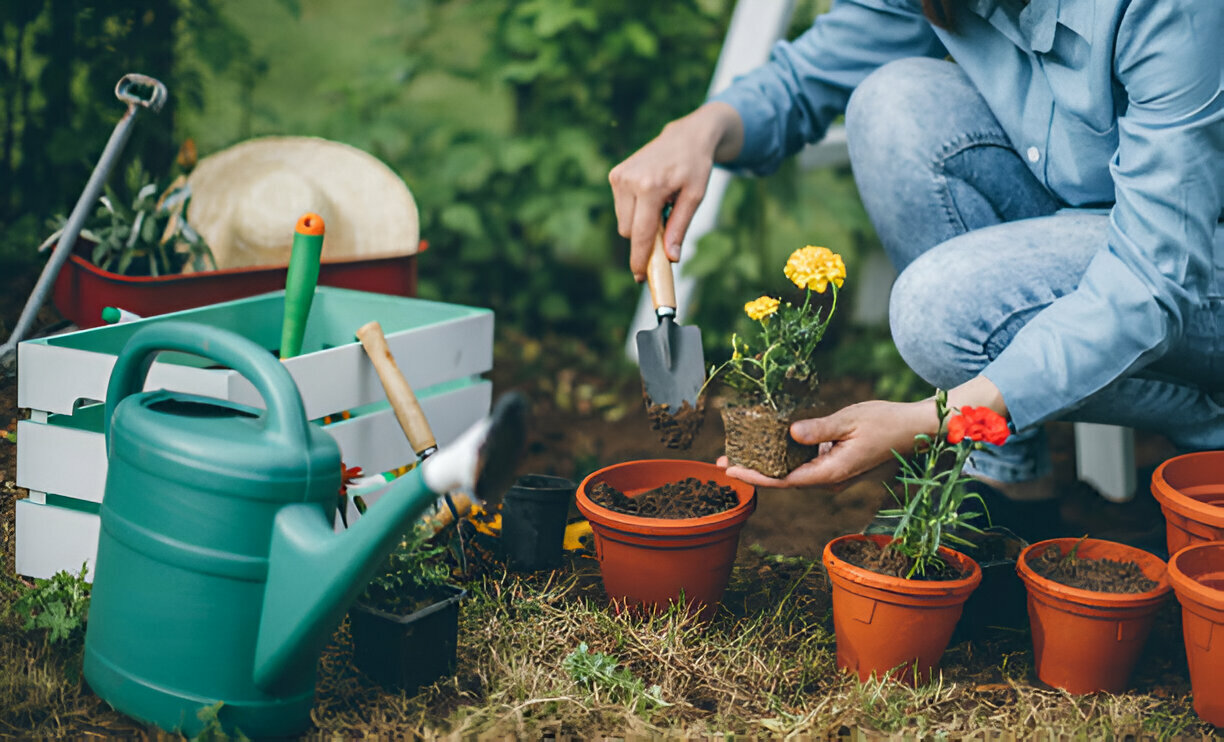
Are we aware of how our landscaping practices affect Mother Earth? Have we reflected on our role as stewards and architects of nature? Most importantly, how can we reshape our landscaping habits into something greener, cleaner, and more responsible? In this current era of climate consciousness, these questions aren't just philosophical musings – they shape our approach to the spaces we inhabit and affect their environmental impact. Today, we're focusing on those eco-friendly practices that allow us to create beautiful landscapes while respecting and preserving nature.
Eco-landscaping isn't just about planting trees and using less water, although these practices are certainly a pivotal part. It's about incorporating sustainability into every facet of your landscaping practices, from the design stages to routine maintenance. So, if you're a landscaper with an eco-minded bent, or a homeowner who values sustainability, here are some practical practices to consider.
These little alterations, when compounded across all the green spaces we manage, have the potential to make a big difference. Buckle up, folks, and let's dive into the world of eco-landscaping, where we'll unearth simple and innovative ways to transform your green spaces to truly embody the term 'green’.
The Why: Understanding the Need for Eco-Friendly Landscaping
It's essential to begin with one fundamental question: why should we adopt eco-friendly landscaping practices? The obvious reason is mitigating our contribution to climate change. Traditional landscaping often involves heavy machinery, chemical fertilizers, and excessive water use, all of which take their toll on the environment. But it's not just about the now – it's also about creating resilient landscapes that can withstand future environmental challenges, improving local biodiversity, and fostering healthier environments for us to live and breathe in.
The What: Identifying Your Options
Being a steward of the environment doesn't mean you have to compromise on style when it comes to landscaping. The trick lies in striking the right balance, a harmony between sustainability and aesthetic appeal. You can achieve this in various ways, and the beauty is that you're not bound by a single approach.
One of the most effective methods is to use native plants. These plants have spent centuries adapting to your local climate and soil conditions. This means they'll thrive with less care, reducing the need for water and pesticides. It's a win-win: you get a beautiful, low-maintenance garden, while also doing your bit for Mother Nature.
Speaking of water, it's crucial to be mindful of how much you're using. A smart irrigation system can prove invaluable in this respect. It will ensure your plants get just the right amount of water, no more, no less. Not only is this better for the environment, but it will also save you money on your water bills.
Lastly, consider supplementing your fertilisation with organic compost made from kitchen waste. It's a simple and effective way to recycle waste while providing your plants with a nutrient-rich food source. It might not seem like much, but small actions like these can make a big difference.
The How: Integrating Eco-Friendly Practices into Your Routine
Taking on the challenge of eco-friendly landscaping may initially seem overwhelming. The idea of shifting from traditional practices to a greener mindset is certainly a big leap. But just like any other change, it becomes manageable when broken down into simple, actionable steps.
Let's start with mulching your garden beds. Mulching is a simple yet effective practice to conserve water. It minimises evaporation, reduces weed growth and over time, enriches the soil. That's a lot of environmental bang for your buck right there!
Next, consider switching to manual tools where possible. Sure, power tools might save you a bit of time, but manual tools are quieter and don't contribute to air pollution. Plus, a bit of physical work never hurt anyone, right? You'd be surprised at the workout you can get from a spot of manual gardening!
The Pros and Cons: Weighing Your Choices
Like all decisions, eco-landscaping comes with its set of advantages and challenges. The benefits include long-term financial savings from reduced water and power bills, enhanced biodiversity, improved air and soil quality, and the satisfaction of knowing you're contributing to a healthier planet. The hurdles to consider include the need for more regular maintenance, the upfront cost of installing eco-friendly systems, and a learning curve to master new techniques.
The Impact: Gauging the Difference
The change from traditional landscaping practices to greener methods might seem small. However, every bit of effort counts in the broader fight against climate change. By prioritizing eco-friendly practices, we reduce our carbon footprint and help rejuvenate the surrounding ecosystems – a small yet crucial step towards a greener planet.
The Future: Looking Ahead
Looking ahead, eco-landscaping is not just important– it's becoming increasingly necessary. As we face mounting environmental challenges, it's up to us to ensure our practices align with the need for sustainability. By making these changes today, we're shaping a greener future for generations to come.
In Conclusion
We all play a part in our planet's health, and by choosing to incorporate sustainable practices into our landscapes, we're choosing a better, greener world. After all, climate-consciousness is as much about duty as it is about choice. As landscapers and consumers, we can make that choice today and play our part in fostering a sustainable and vibrant world. With these methods and mindset, we're not just gardeners – we're guardians of our collective home. Let's embrace that role!








